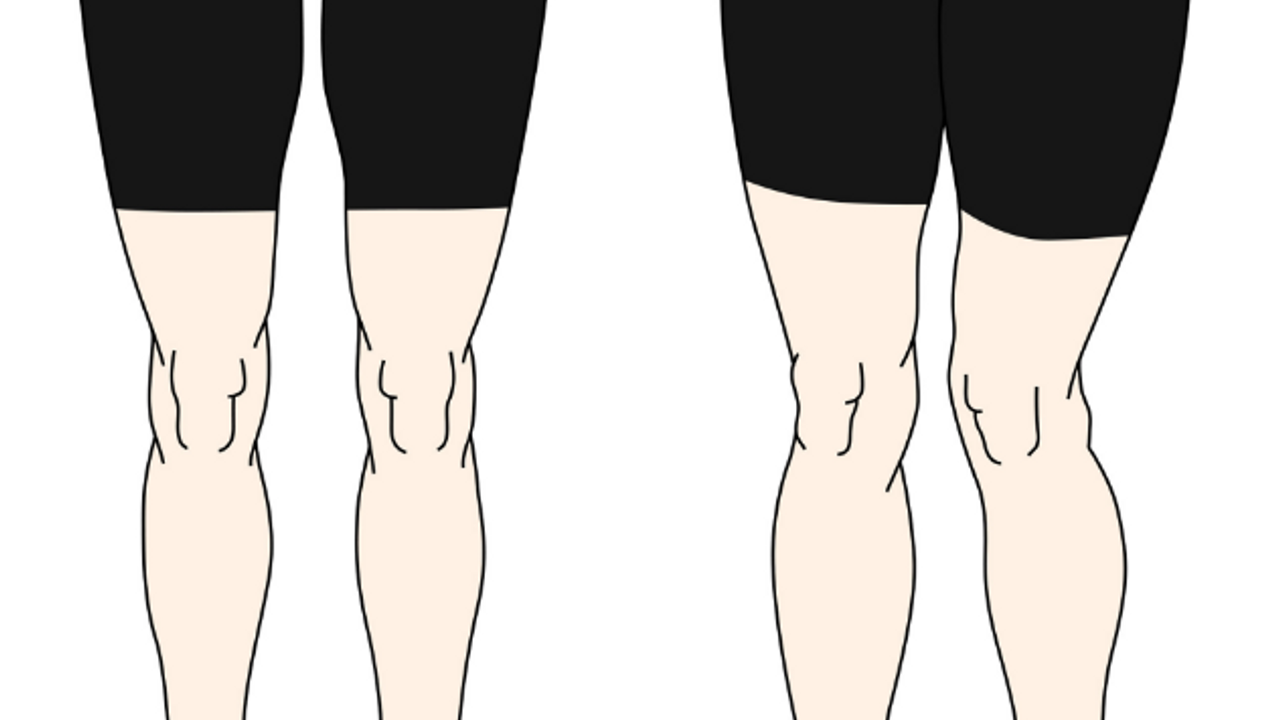Growing pains - One foot shorter than the other.

Let me tell you a story.
There was a 12 year old boy called John, who started to develop pain in his right knee and foot. The young boy was a sports nut, a fanatic, he played hurling, football, soccer, tennis, darts, golf, you name it, he played it. The pain got worse and he was told to rest for a few months, “growing pains''. It wasn't an easy time for John but also for John’s mother as he was very annoyed that he couldn’t play any sport. Sometimes when he broke loose and ran riot he would come running back to his mammy in floods of tears, the pain. This broke his mothers heart for two reasons, one to see her son so frustrated with nothing to do and secondly to see him in pain.
They rested for 3 months but very little changed, John was stuck and suffering. They made the decision to get his feet checked. He was told he had “one foot shorter than the other”, his right foot was shorter and needed a heel raise to balance his body. John miraculously gets out of pain, plays for a few years but then his right hip and lower back become a problem.
He tries a number of different treatments, some work, some don’t, he struggles on. He gives it till his mid 20’s and stops playing sports altogether. What happened to John has happened to many more. Now parents I am going to tell you the truth, having one foot shorter than the other is rare, very rare. But it’s not rarely diagnosed and that’s a grave mistake! If it occurs it is usually spotted in infants, they test for it in the maternity wards and it also can be identified in scans. The scans are so powerful these days that they can tell you the length of the leg bones. John didn't have one foot shorter than the other, he didn't have growing pains, he was simply turned right.
Don’t believe me stand up, have your feet shoulder width apart, now without moving your feet turn your pelvis as far right as you can. Bring the zipper of your trousers past your right little toe. Does your right big toe come off the ground? YES. Does your whole foot lift off the ground? YES. Do you turn at the ankle? YES. Do you turn at the knee? YES. Do you have one foot shorter than the other? NO. See that was the position John was in, turned and twisted to the right, like a lid on a bottle turned tight.
Now it is easy, very easy to look at someone struggling, who is twisted to the right and tell them you have “One foot shorter than the other”. If you give that person a heel raise you are lifting their foot further off the ground and simply turning them further right. The heel raise changed John but not for the better, it just made him worse and it took years to realise it. It’s easy to give someone relief, you just need to put them somewhere they haven't been before. It is hard to make changes that will benefit them for the rest of their lives. When you have someone building your orthotics they need to know how to fix the problem. Who would you rather build you a car, a car salesman or a mechanic. I would go with the one who knows how to fix things. We are proud to build orthotics and insoles for a lot of young athletes, but it took us years of study to figure out how to do it properly. I have spent time in America studying postural restoration so I know how a foot is connected to a neck and how it affects the spine. We see the Body as one piece in OneHEALTH, we know that we are not going to change the foot without changing everything above it.
I hope this helps you understand the power of the body and also the changes you make with orthotics. They are powerful but be careful who you buy them off.
Tommy


